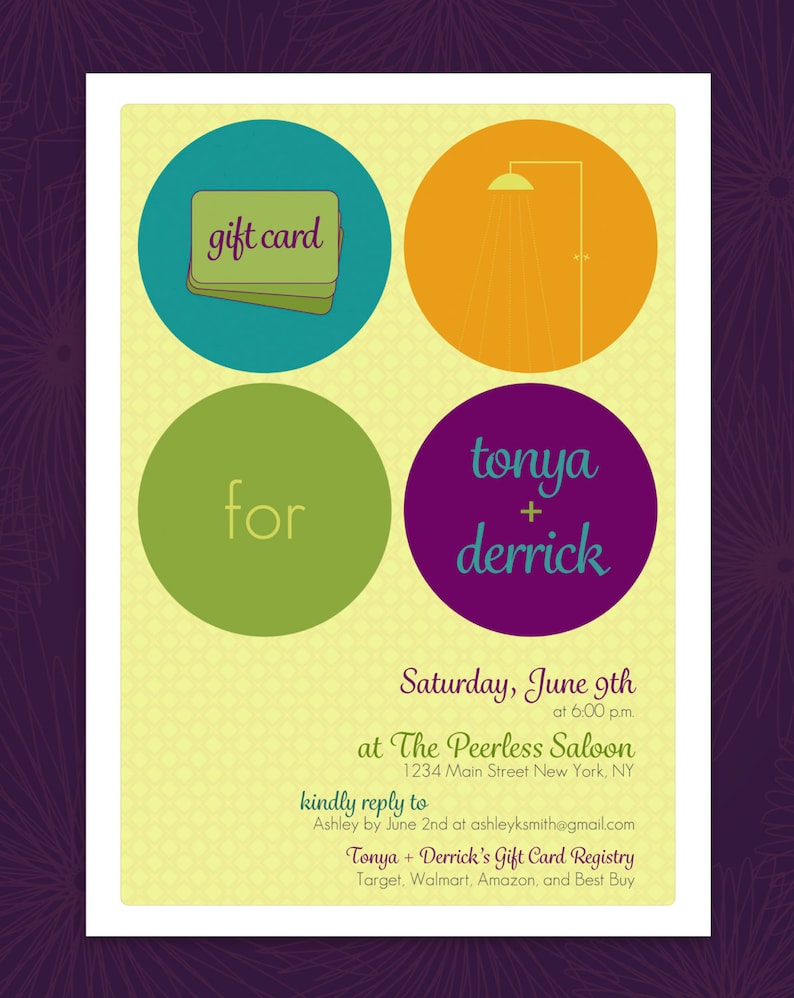Developed between East and Egypt on hardstone, copper wheel inscribing made it through as a craft in seventeenth century Bohemia and Dresden on glass. It was used for a selection of functions, including showing the imperial double-headed eagle (Reichsadlerhumpen) and allegorical themes.
Engravers of this period slowly abandoned linear clarity in favour of crosshatched chiaroscuro effects. A couple of engravers, such as Schongauer and Mantegna, took care of glass with a sculptural sensation.
Old Art
By the end of the 17th century, nevertheless, diamond-point inscription was being supplanted by wheel engraving. Two notable engravers of this duration deserve reference: Schongauer, who raised the art of glass engraving to rival that of paint with works like Saint Anthony Tortured by Demons, and Mantegna, who shaded his illustrations with brief jotted lines of differing width (fig. 4) to achieve chiaroscuro results.
Various other Nuremberg engravers of this time consisted of Paul Eder, who excelled in fragile and little landscapes, and Heinrich Schwanhardt, that etched inscriptions of great calligraphic top quality. He and his kid Heinrich likewise developed the technique of etching glass with hydrofluoric acid to create an impact that resembled glass covered in ice. The etched surface can after that be cut and engraved with a copper-wheel. This approach is utilized on the rock-crystal ewer shown here, which incorporates deep cutting, copper-wheel inscription and polishing. Identifying the inscribing on such items can be challenging.
Venetian Glass
When Venice was a European power, Venetian glassmakers took the lead in numerous high value-added sectors. Unlike fabrics and style, glassmaking maintained a legacy of sophisticated techniques. It additionally brought seeds of the decorative grandeur personified in Islamic art.
Nevertheless, Venetian glassmakers were not eager to share these concepts with the rest of Europe. They kept their artisans cloistered on the island of Murano so they would not be influenced by brand-new patterns.
Even though need for their product ups and downs as preferences changed and competing glassmakers arised, they never shed their appeal to well-off customers of the arts. It is for that reason not a surprise that etched Venetian glass appears in many still life paints as an icon of high-end. Often, a master treasure cutter (diatretarius) would reduce and embellish a vessel initially cast or blown by an additional glassworker (vitrearius). This was a costly endeavor that called for terrific skill, perseverance, and time to produce such thorough work.
Bohemian Glass
In the 16th century, Bohemian glassmakers adjusted the Venetian recipe to their very own, producing a much thicker, clearer glass. This made it much easier for gem-cutter to carve similarly they carved rock crystal. On top of that, they established an approach of cutting that permitted them to make extremely detailed patterns in their glasses.
This was complied with by the manufacturing of colored glass-- blue with cobalt, red with copper and light environment-friendly with iron. This glass was prominent north of the Alps. In addition, the slender barrel-shaped cups (Krautstrunk) were likewise preferred.
Ludwig Moser opened a glass layout workshop in 1857 and succeeded at the Vienna International Event of 1873. He developed a completely integrated factory, supplying glass blowing, polishing and inscribing. Till the end of World War II, his company dominated the gift ideas for grandparents marketplace of engraved Bohemian crystal.
Modern Craft
Engraving is among the earliest hand-icraft techniques of decorative refinement for glass. It requires a high level of accuracy as well as a creative creative imagination to be efficient. Engravers have to also have a feeling of make-up in order to tastefully combine glossy and matte surfaces of the cut glass.
The art of engraving is still active and thriving. Modern methods like laser inscription can achieve a greater degree of detail with a higher rate and accuracy. Laser innovation is additionally able to produce styles that are much less vulnerable to breaking or cracking.
Engraving can be made use of for both commercial and decorative functions. It's preferred for logos and trademarks, along with decorative embellishments for glasses. It's additionally a popular method to include personal messages or a winner's name to prizes. It's important to note that this is a hazardous job, so you should always utilize the ideal safety devices like safety glasses and a respirator mask.
